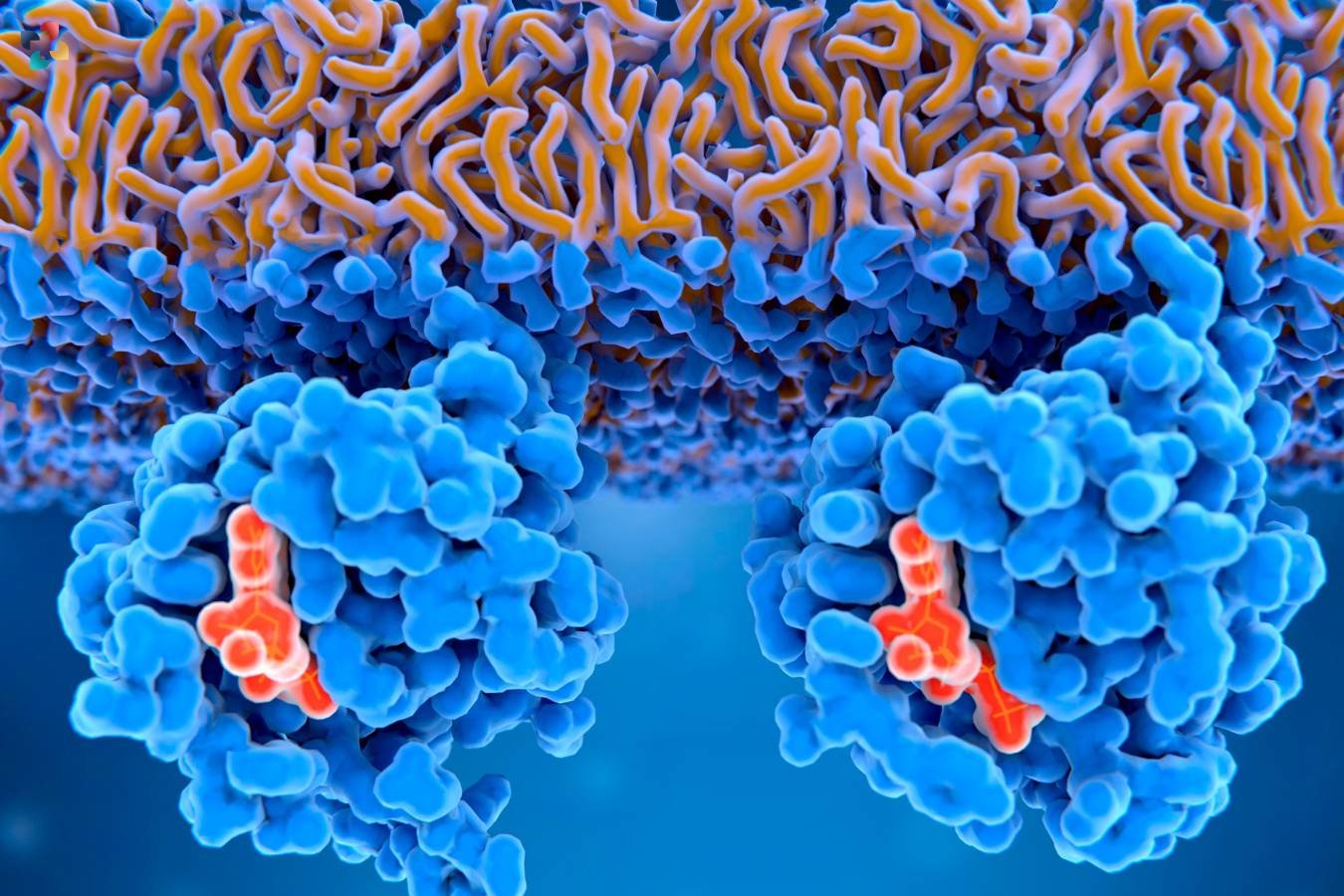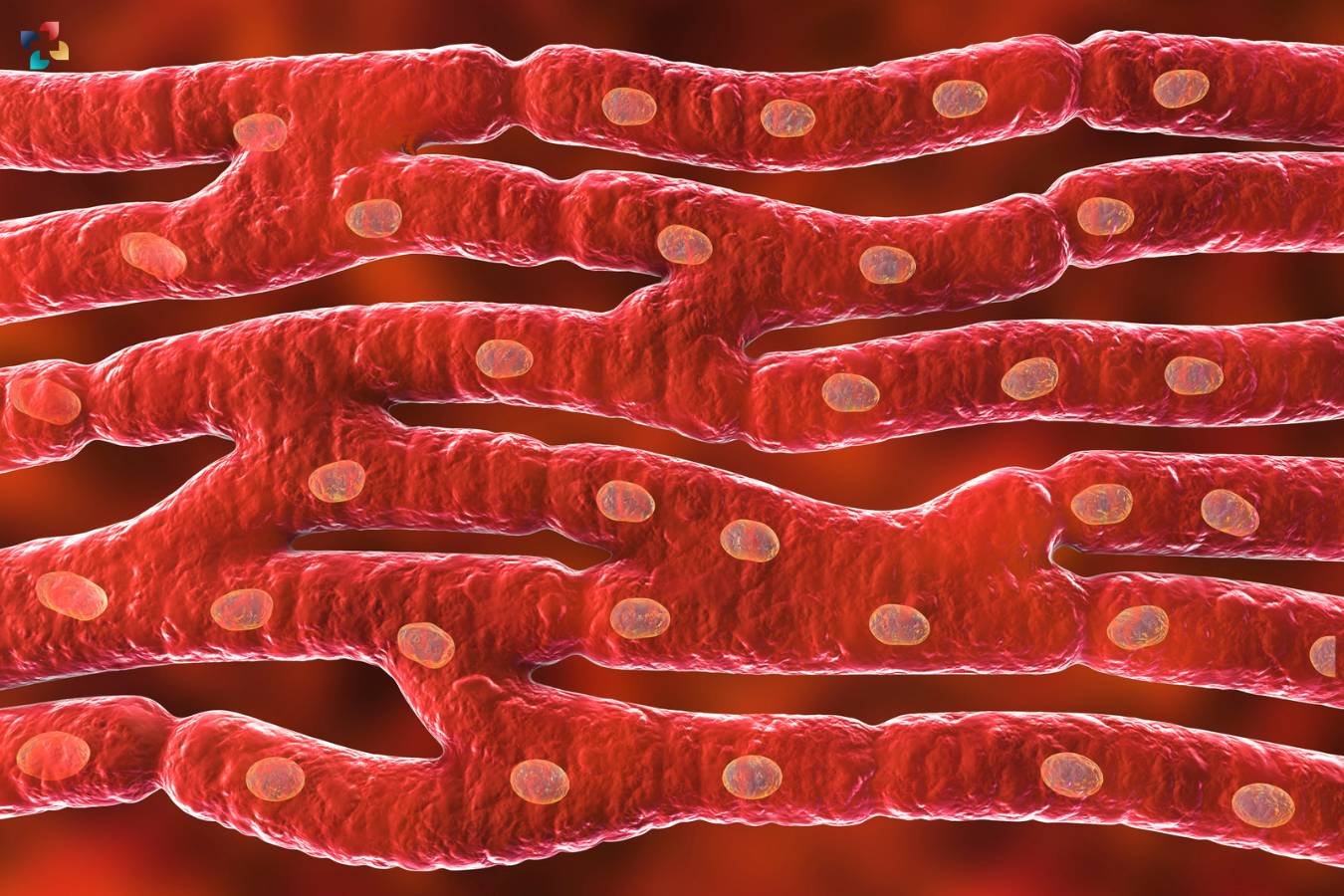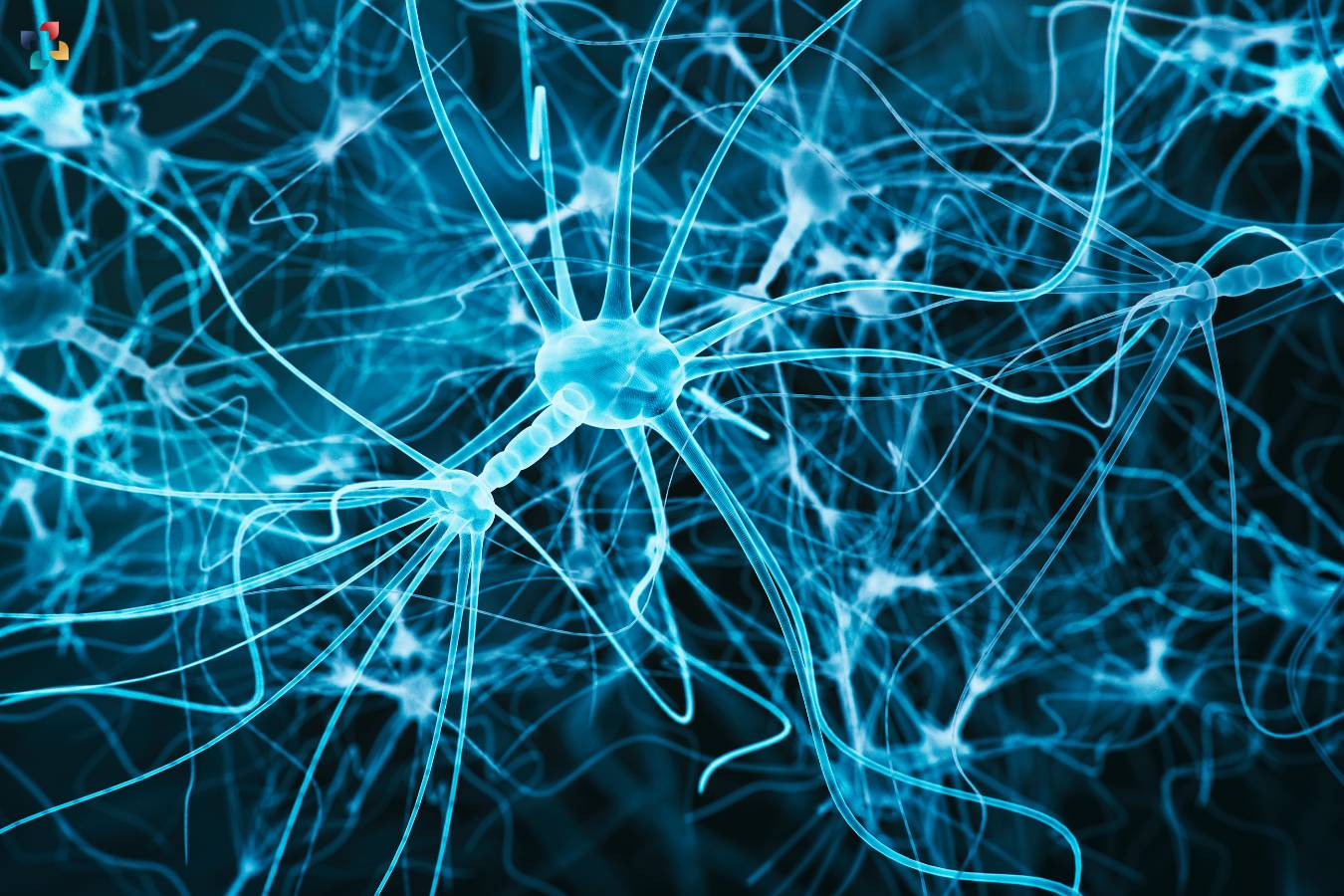Every living thing is powered by cellular energy, which powers the molecular reactions necessary for survival. Numerous organelles and routes are part of this complex system, with the mitochondria frequently being thought of as the cell’s powerhouse. We unravel the dynamic processes that sustain life as we delve into the mechanisms, importance, and regulation of cellular energy in this extensive examination.
Energy Production in Cells:
In the intricate realm of cellular function, energy production stands as the cornerstone, fueling the diverse biochemical processes essential for life. Within the microscopic confines of cells, various pathways converge to generate the vital currency of cellular energy – adenosine triphosphate (ATP). From the ancient glycolytic pathways in the cytoplasm to the sophisticated oxidative phosphorylation processes within mitochondria, this section unveils the fascinating mechanisms employed by cells to extract and utilize energy. Join us on a journey into the cellular powerhouses and pathways that form the backbone of life-sustaining processes.
1. ATP Synthesis

Adenosine Triphosphate (ATP) stands at the forefront of cellular energy currency. The process of ATP synthesis occurs primarily in the mitochondria through oxidative phosphorylation, a complex interplay of electron transport chains and ATP synthase.
2. Glycolysis
In the cytoplasm, glycolysis initiates the breakdown of glucose into pyruvate, generating ATP and NADH. This ancient pathway is a fundamental energy source in aerobic and anaerobic conditions.
3. Krebs Cycle
Completing the metabolic breakdown of glucose, the Krebs cycle operates within the mitochondria, producing electron carriers NADH and FADH₂. This cycle orchestrates a series of redox reactions crucial for energy extraction.
The Mitochondria: Powerhouse of the Cell:
1. Structure and Function
Mitochondria, with their double-membraned structure, house critical enzymes for energy production. The matrix and inner mitochondrial membrane are key sites for various metabolic pathways.
2. Electron Transport Chain (ETC)
A cascade of protein complexes within the inner mitochondrial membrane, the ETC facilitates the transfer of electrons, ultimately driving ATP synthesis. This electron flow establishes a proton gradient essential for energy conversion.
3. ATP Synthase
Embedded in the inner mitochondrial membrane, ATP synthase harnesses the proton gradient to synthesize ATP. This molecular machine exemplifies the elegance of cellular energy conversion.
Regulation of Cellular Energy:
In the intricate dance of cellular life, maintaining a delicate balance of energy production and consumption is paramount. The regulation of cellular energy involves a sophisticated interplay of signaling pathways, feedback mechanisms, and intricate cellular organelles. This section delves into the meticulous control systems that cells employ to adapt their energy production to meet fluctuating demands.
From the pivotal role of AMP-activated protein kinase (AMPK) to the intricacies of energy sensing and signaling, we unravel the regulatory mechanisms that ensure cellular energy homeostasis, a critical aspect of sustaining life at the microscopic level. Join us in exploring the molecular choreography that governs cellular energy dynamics.
1. Homeostatic Mechanisms
Cellular energy balance is meticulously regulated to meet the dynamic demands of different cellular activities. AMP-activated protein kinase (AMPK) and mammalian target of rapamycin (mTOR) are key players in sensing and responding to cellular energy status.
2. Hormonal Control
Hormones such as insulin and glucagon exert control over cellular energy metabolism. Insulin promotes energy storage, while glucagon stimulates the release of stored energy, maintaining glucose homeostasis.
3. Cellular Resilience
Cells demonstrate remarkable adaptability to fluctuations in energy availability. Autophagy, a self-cannibalistic process, recycles cellular components during times of energy scarcity, ensuring survival.
Cellular Energy in Specialized Cells:
1. Neuronal Energy Demand
The brain, with its high energy demand, relies on a constant supply of ATP. Glucose metabolism and oxidative phosphorylation in mitochondria are pivotal in meeting this demand.
2. Muscle Cells and Energy Production

Muscle cells, especially during intense exercise, engage in anaerobic glycolysis and utilize creatine phosphate as a rapid ATP source. Mitochondria are crucial for sustained energy production during aerobic activities.
3. Adipocytes and Energy Storage
Adipocytes store excess energy in the form of triglycerides. Hormonal signals regulate the release of stored energy, demonstrating the interconnectedness of various tissues in maintaining energy balance.
Cellular Energy and Disease:
1. Mitochondrial Dysfunction
Mitochondrial disorders disrupt energy production, leading to a range of diseases. Understanding these disorders provides insights into therapeutic strategies and highlights the importance of mitochondrial health.
2. Cancer Metabolism
Altered energy metabolism is a hallmark of cancer cells. The Warburg effect, where cancer cells preferentially use glycolysis even in the presence of oxygen, underscores the intricate link between cellular energy and disease.
Also Read: Unlocking Hope: A Comprehensive Exploration of Cancer Gene Therapy
3. Metabolic Syndrome
Imbalances in energy homeostasis contribute to metabolic syndrome, a cluster of conditions increasing the risk of cardiovascular diseases and type 2 diabetes. Lifestyle interventions targeting energy metabolism are pivotal in managing metabolic syndrome.
Future Perspectives and Challenges:
1. Emerging Research Frontiers

Advancements in cellular imaging, metabolomics, and systems biology contribute to unraveling novel aspects of cellular energy regulation. Emerging technologies offer unprecedented insights into the dynamic nature of cellular energy networks.
2. Therapeutic Innovations
Targeting cellular energy pathways holds promise for innovative therapeutic interventions. Mitochondrial-targeted therapies, metabolic modulators, and precision medicine approaches are at the forefront of research aimed at mitigating energy-related diseases.
3. Environmental Impact
Understanding cellular energy extends beyond human health. Exploring how organisms adapt to environmental stressors and the impact of pollutants on cellular energy processes is vital for comprehending ecological resilience.
Conclusion
To sum up, cellular energy is essential to life since it powers a variety of cellular processes and preserves the equilibrium of the body. A complicated symphony of energy dynamics is orchestrated by the interplay of routes, organelles, and regulatory mechanisms. The secrets of cellular energy continue to enthrall scientists as research advances, providing not only deep insights into basic biology but also opportunities for innovative therapeutics and a better comprehension of human disorders.







